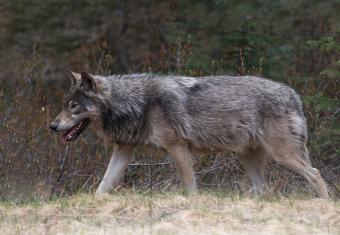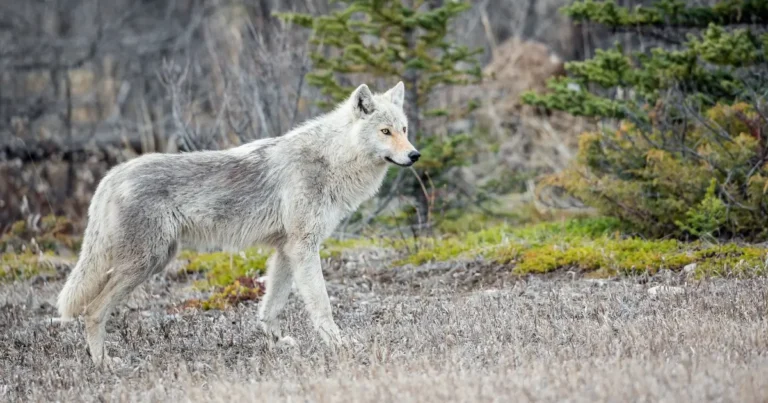
The Calgary Herald this week reported that, in addition to short term measures such as enforcement of illegal camps and littering, parks officials are going to be planning long-term strategies to prevent the seeming increase in visitors getting too close to the animals.
“A lot of people come to Banff to see wildlife — whether it’s brand-new visitors who have never seen anything before or some locals who actually make their livelihood photographing wildlife — people are always trying to get a little closer for a better picture or that unique shot of some wild interaction,” Bill Hunt, a park official told the Herald.
John Marriott, a professional wildlife photographer and friend of The Fur-Bearers, noted that visitors can put themselves in dangerous situations – and parks officials need to crack down on them.
“I know of instances where tourist photographers entered a den site a couple of years ago.A local photographer caught them, reported them and parks didn’t do anything,” Marriott told the Herald.“Parks is going to have to start charging people with this kind of stuff.”
But not all photographers are as ethical as Marriott, and that’s something that the parks official Bill Hunt is aware of.
“When you are that close and that passionate, the common thing we hear from photographers is that other people do this, but I am very careful,” he told the Herald. “It’s not unlike fishermen who are certain they have never caused the death of a fish with catch and release. It’s hard to see the forest through the trees.”
The photo attached to this blog is of a female wolf in Banff National Park – potentially the one killed by officials – and was photographed by Kerri Martin.
Martin presented a webinar earlier this year on ethics in wildlife photography, and noted that photographers of all levels must always be questioning whether or not their actions are impacting their subjects.
The Fur-Bearers look forward to seeing the long-term strategy Parks Canada officials develop to curb irresponsible behaviour of visitors photographing or approaching wildlife, and are hopeful that positive, life-saving policies can be put in place.
Photo by Kerri Martin Photography
monthly donor(for as little as $5/month – the cost of a single latte) pleaseclick hereand help us save lives today.

